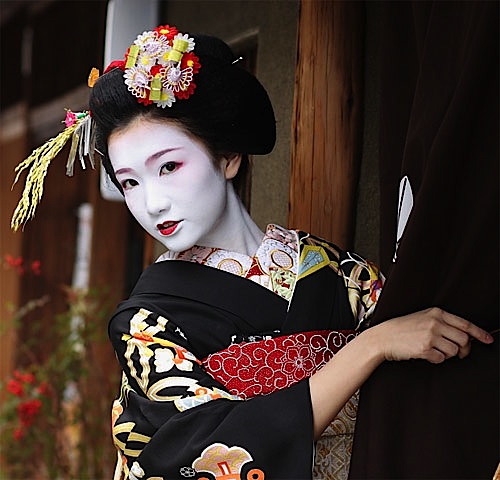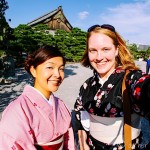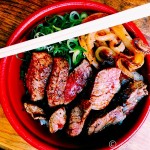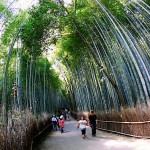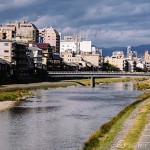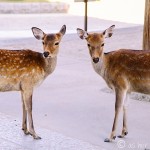In Kyoto, a popular evening activity is to go Geisha hunting. This just sounds wrong to me — like I’d need a bow and arrow and a body bag. But the idea is to wander alleyways of the Gion district and keep your eyes peeled for a glamorous woman in a kimono with white make-up and a dark wig.
(image via)
Geisha translates to “person of the arts.” These women are entertainers hired to play music, dance, play games, and hold conversation, often for a small group at a tea house or restaurant. The geisha is essentially a well-paid hostess. Comparisons to an escort are inevitable and not entirely unwarranted — until the 1950s it was common for a geisha to perform one initial act of paid sex as a deflowering ceremony (this became illegal in 1959).
I found these interesting tidbits on Wikipedia: The customer makes arrangements through the geisha union office, which keeps each geisha’s schedule and makes her appointments for entertaining and training. The charge for a geisha’s time is often measure by burning an incense stick. Some girls begin training as early as 9 years old and continue to work into their eighties and even nineties. They are expected to train every day (particularly in dance and music) even after 70 years of experience.
During my ten days in Kyoto, I spend about five nights walking around Gion at dusk hoping to spot a geisha as she moves between appointments. Spoiler alert: I don’t see a geisha… I think. It’s dark and at a distance it’s difficult to distinguish between a traditional geisha and an elegant woman in a kimono. There are a few times when I THINK it’s a geisha but she ducks out of sight before I can be certain.
However, I find something even better on these nighttime walks. The Gion district is a playground for a photographer: there are giant weeping willows, charming bridges over meandering streams, and lanterns emitting soft light. The atmosphere is rich and captivating.
So while I don’t have any geisha photos to share from my time in Gion, I do have a collection of night shots that I adore. Without further ado…






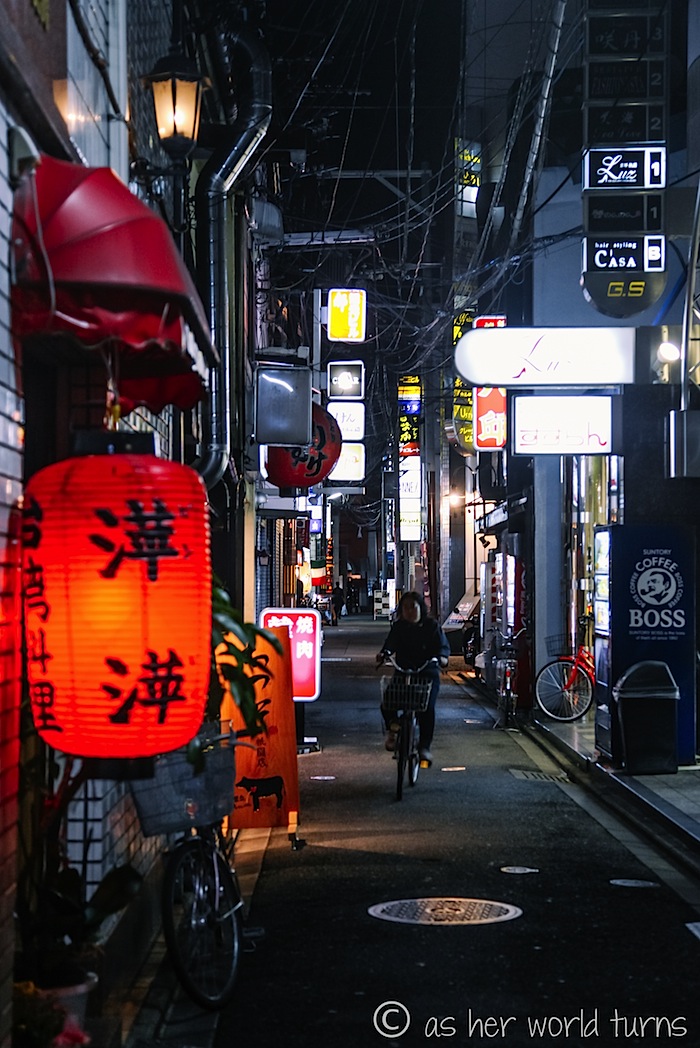
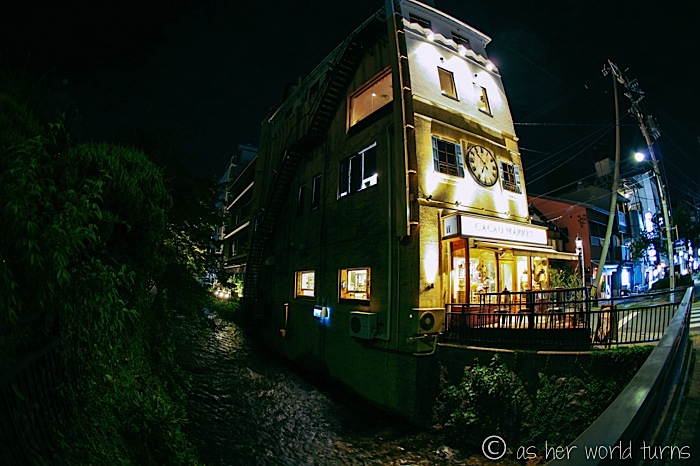

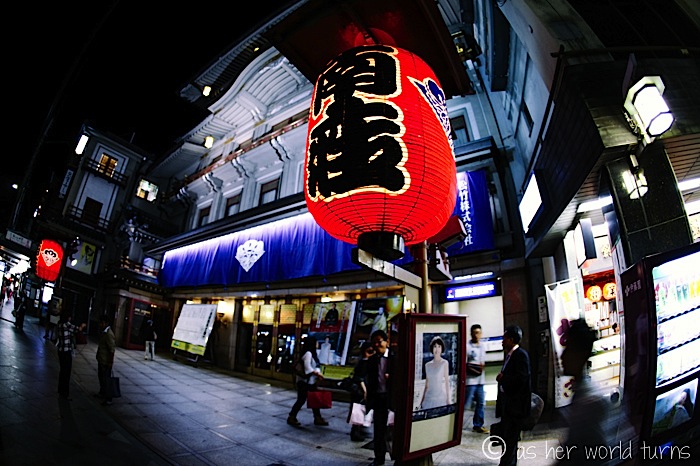
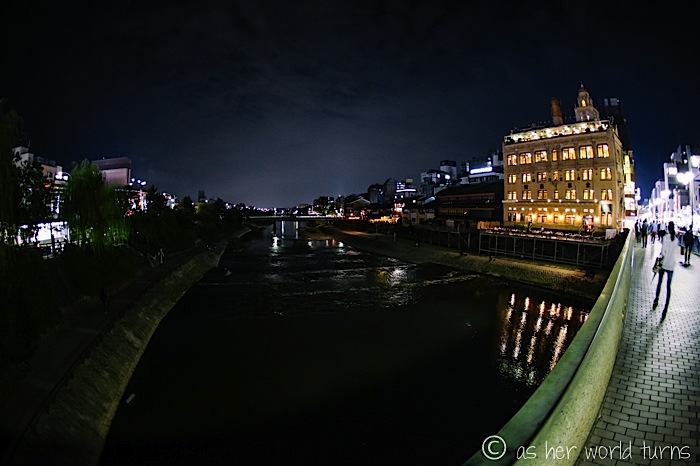
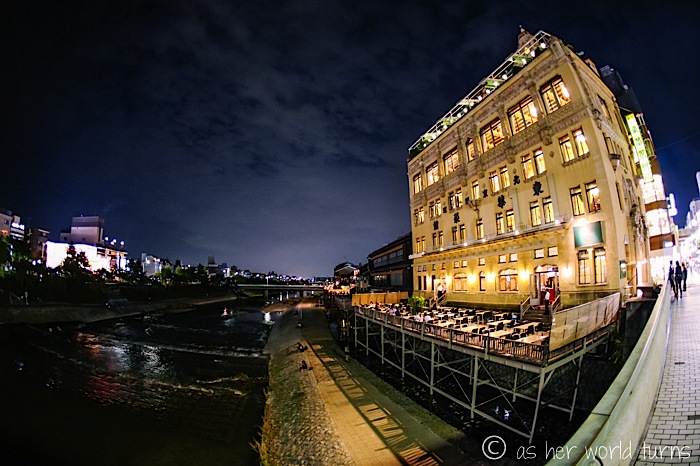
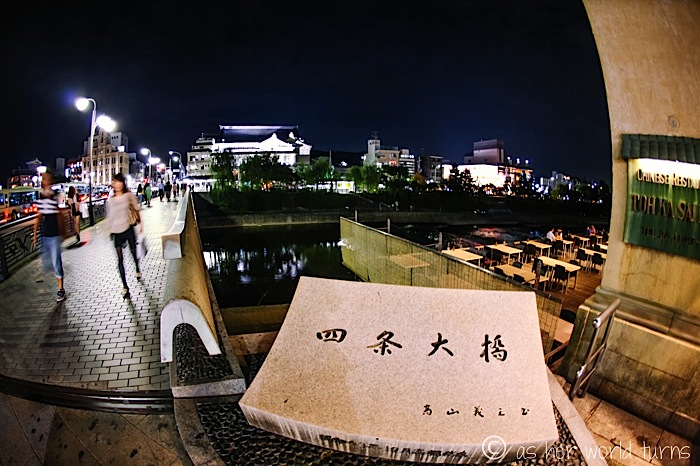

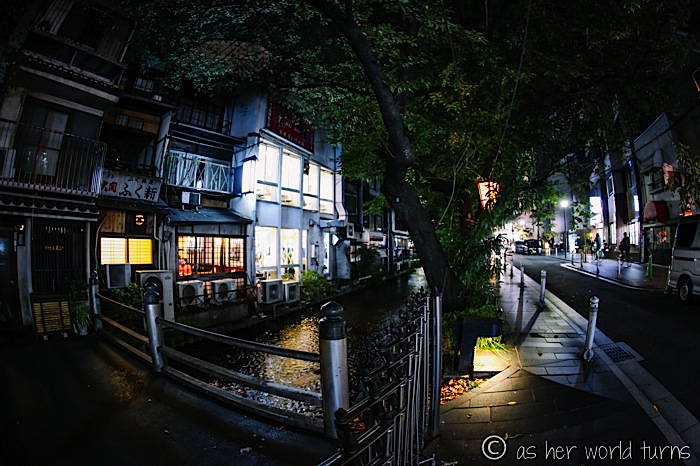
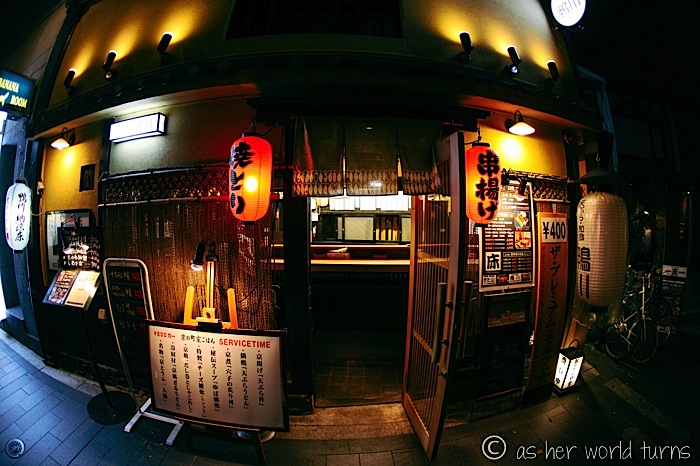
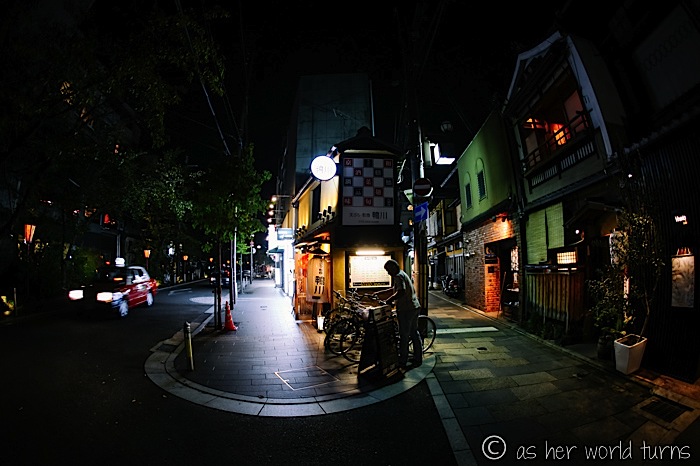

I take a peek at the menu for this place — the dashing Sent James Club. There’s a disclaimer at the top that reads something like, “Don’t worry, you have not stepped into the Saint James Club in the U.K.” This cracks me up, like they unintentionally mean, “You have not teleported to another continent. We are a rip-off of the famous British pub.” It’s not the first or last time an English translation has made me smile in Japan.

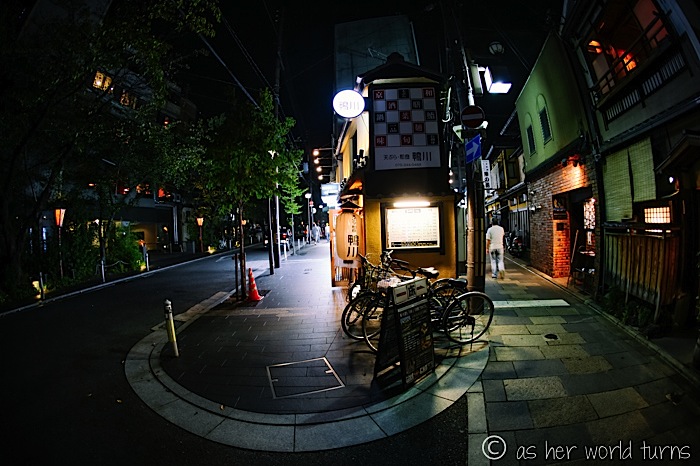



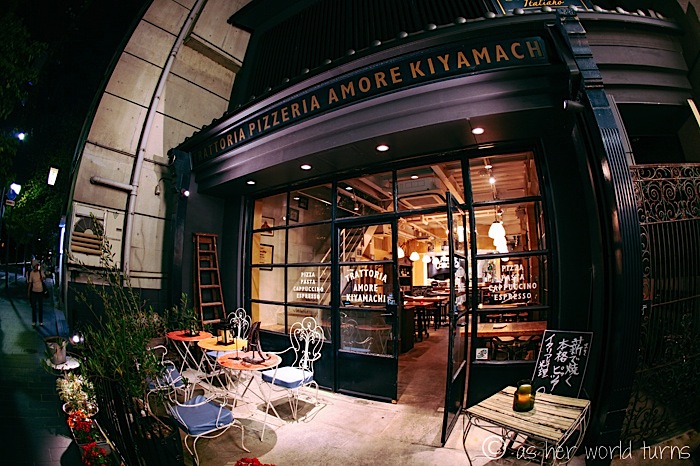
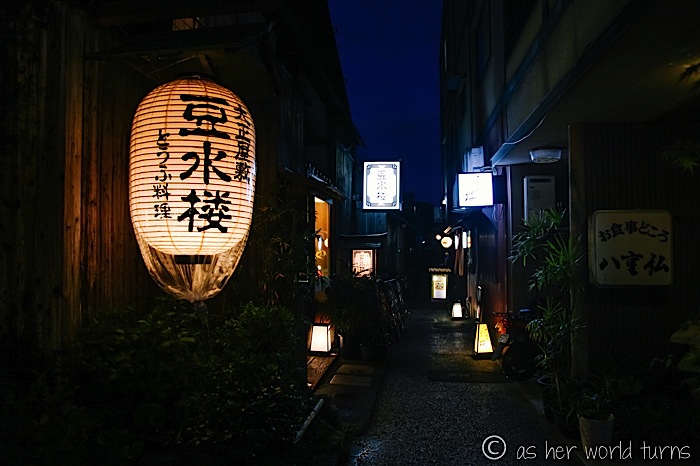

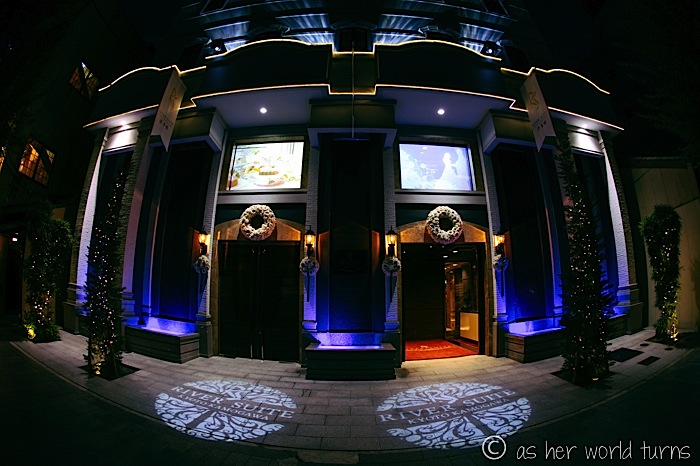


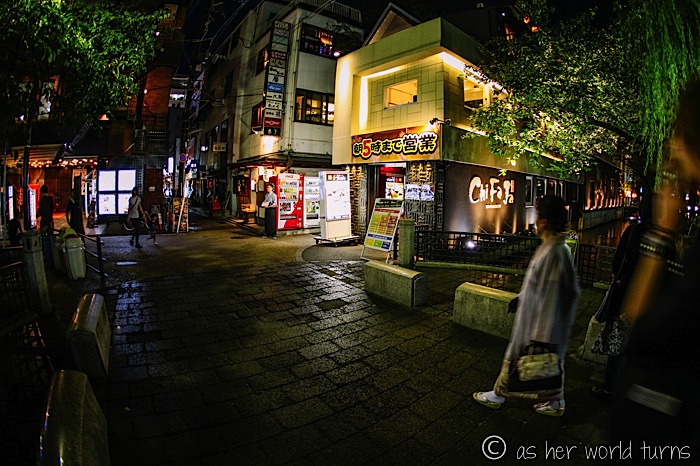
I should add that this area — and Japan as a whole — is very safe. Like, safer than Los Angeles, where I spent the last seven years. Maybe safer than most of the towns in Connecticut, where I grew up. Kyoto is a major city with hardly any crime and I never once feel uncomfortable while wandering the streets at night with my camera. While I’ve chosen to showcase the charming alleyways in these photos, there are busy streets just a block or two away with stores like Forever 21 and Starbucks, so the area isn’t as isolated as it may appear.
There are hundreds of restaurants around here. I can’t imagine a better night in Kyoto than strolling this district and grabbing a bite to eat at a sushi or ramen joint overlooking the water.

